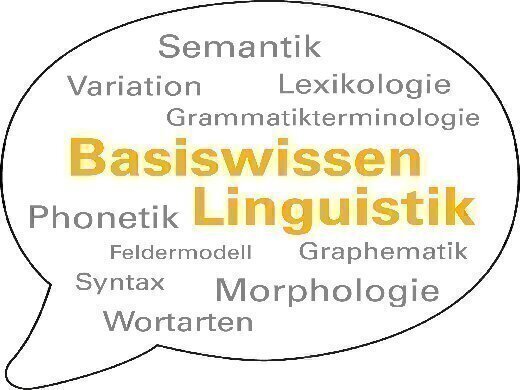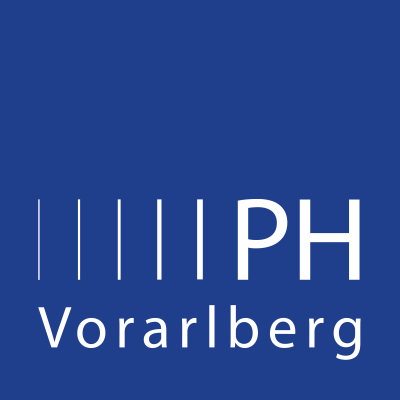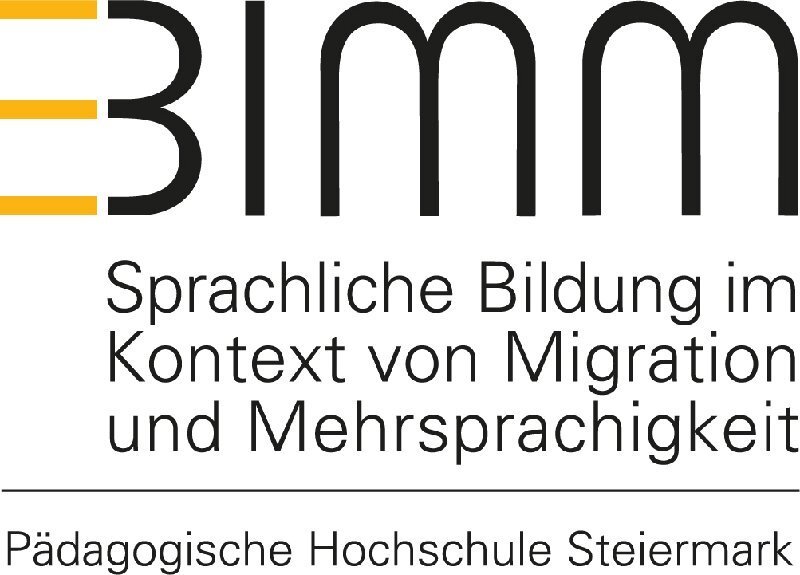


Essentials of Linguistics for Teachers
Private University of Education, Diocese of Linz, PH Vorarlberg, University College of Teacher Education Styria, Centre for Language Education in the Context of Migration and Multilingualism (BIMM)
Gudrun Kasberger, Klaus Peter
About
General Course Information
The MOOC “Basic Knowledge of Linguistics” offers a first basic introduction to the linguistics of German. The focus is on those sub-areas that are particularly relevant in school contexts: These are, on the one hand, linguistic topics that are taught in German lessons at school (e.g. determining parts of speech) and, on the other hand, linguistic concepts that should underlie teachers' actions as part of their professional knowledge (e.g. knowledge of verb position regularities for carrying out language level diagnoses or similar).
The course is aimed at students studying for a teaching degree at primary or secondary level (subject: German) as well as teachers who are already teaching and want to refresh their basic linguistic knowledge. The MOOC does not replace a comprehensive introduction to linguistics, as is usually provided in the relevant teacher training programs, but can be used as a supplement in university teaching, for example in a flipped classroom format. Teachers and students who work through the course content in self-study will find comprehensive references to further literature in the course.
The main focus of the course is on building up basic linguistic knowledge, but each unit also contains perspectives on possibilities for didactization in schools.
Content
Course Content
The course consists of 8 units:
- Grammar terminology in science and school
- Phonetics and Phonolgy/Graphematics and Orthography
- Parts of speech
- Morphology (inflection and word formation)
- Syntax
- Linguistic variation
- Lexicology and Semantics
- Text linguistics
Course Goals
After completing all units of the online course you will...
- be able to explain why one and the same linguistic phenomenon can be captured in grammatical spelling with different terms and justify which terminology is used sensibly in German lessons
- be able to give a basic overview of the sound inventory of the German language and explain which central graphematic principles German spelling follows
- be able to classify simple word types according to linguistic criteria and be able to roughly assess the quality of teaching materials for determining word types
- be able to explain how word meaning and ambiguity can be described and how vocabulary is structured
- be able to make a rough classification of words or linguistic constructions according to varieties and stylistic layers and reflect on this knowledge with regard to norm and appropriateness in students' linguistic products
- be able to analyze simple German sentences using the topological field model and use the model didactically with the help of simple examples in your lessons
- be able to break down simple German sentences into sentence elements and determine the syntactic function of these sentence elements using a simple classification and make basic statements about the didactic quality of corresponding teaching materials
- be able to roughly assess texts written by students with regard to their appropriateness to the text type
- be able to justify which words or linguistic constructions pose a particular acquisition challenge for students
- be familiar enough with all the linguistic categories that should be taken into account when creating a language assessment to be able to carry out such an assessment independently
Previous Knowledge
Apart from school knowledge, no special prior knowledge is required.
Course Procedure
The individual lessons are structured according to the following scheme:
- Video/podcast: Compact visual-auditory presentation of the main content of the unit or sub-unit.
- Basic information in writing: Written presentation of the main content along the video with additional in-depth information and reading references.
- Training: Practical analysis tasks on the content covered as well as prospects for didactic possibilities at school.
- Knowledge check: Short self-assessment (quiz questions).
Certificate
For actively participating in the course you will receive an automatic certificate which includes your name, the course name as well as the completed lessons. We want to point out that this certificate merely confirms that you answered at least 75% of the self-assessment questions correctly.
Licence
This work is licensed under CC BY-SA 4.0Course Instructor

Gudrun Kasberger, Klaus Peter
Gudrun Kasberger is Professor of German Linguistics and Didactics at the Private University College of Teacher Education Diocese of Linz.
Klaus Peter is Professor of German Linguistics and Didactics at the University College of Teacher Education Vorarlberg.
Dagmar Gilly, Barbara Schrammel (Zentrum Sprachliche Bildung im Kontext von Migration und Mehrsprachigkeit (BIMM) / Pädagogische Hochschule Steiermark)
Login & Enrol Currently: 779 Participants
Free for all € 0.00
Partners

Private University of Education, Diocese of Linz
Linz

PH Vorarlberg

University College of Teacher Education Styria
Graz
